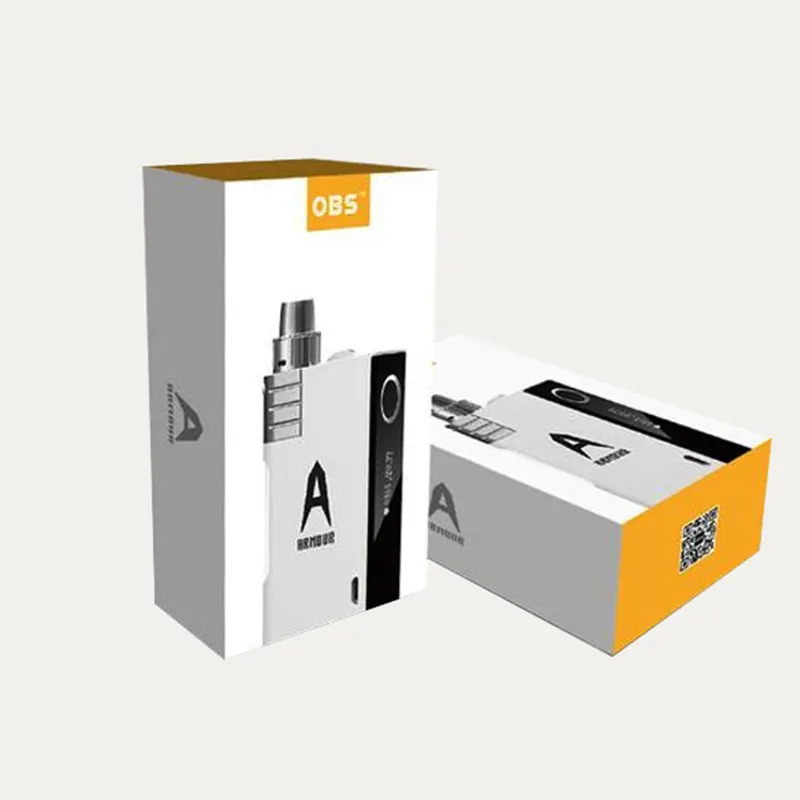What Are the Best Practices for Mobile Battery Packaging?
In today's world of portable electronics, mobile battery packaging plays a crucial role in ensuring safety, durability, and efficient distribution.
As mobile devices continue to evolve, the demand for smarter and safer packaging solutions has increased. Whether you're a manufacturer, distributor, or consumer, understanding the best practices in battery packaging can help you reduce risks and improve product quality.
In this article, we’ll explore everything you need to know about mobile battery packaging — from types and materials to safety standards and customization options.
Why Is Mobile Battery Packaging Important?
Mobile batteries, particularly lithium batteries, are sensitive components. Without proper packaging, they can become hazardous during shipping, storage, or use. Mobile battery packaging is designed to:
- Protect batteries from physical damage
- Prevent short-circuiting
- Provide insulation from temperature and moisture
- Ensure regulatory compliance
- Offer branding and identification options
Improper packaging can lead to fire hazards, leakage, and even explosions. That’s why best practices are essential in designing and using battery packaging.
| Type | Description | Best For |
|---|---|---|
| Custom Battery Box | Tailor-made for specific battery models and uses | Branding and protection |
| Lithium Battery Box | Designed specifically for lithium-ion batteries | High-capacity mobile batteries |
| Corrugated Battery Boxes | Made from durable cardboard with insulation | Shipping bulk batteries |
| Plastic Cases | Hard shell protection for single battery units | Retail display |
| Foam Inserts | Added cushioning inside boxes | Vibration protection during transit |
Types of Mobile Battery Boxes
There are various types of packaging depending on the battery’s size, chemistry, and use case. Below is a quick overview:
Each box type serves a unique purpose. For example, a custom mobile battery packaging box might be used by a smartphone brand to align with their design aesthetic and protect high-value items.
Best Practices for Mobile Battery Packaging
Following industry best practices ensures that mobile batteries are packaged securely, transported safely, and delivered in excellent condition. Here are key practices to keep in mind:
1. Choose the Right Materials
- Use flame-retardant materials for lithium batteries
- Opt for shock-absorbing foam or corrugated inserts
- Avoid conductive or metallic materials inside the packaging
2. Comply with Regulatory Standards
Batteries are considered dangerous goods, so they must comply with shipping regulations such as:
- UN3480/UN3481 for lithium-ion batteries
- IATA DGR (Dangerous Goods Regulations) for air transport
- DOT (Department of Transportation) for U.S. ground shipping
3. Use Clear Labeling
Ensure all battery packaging is labeled with:
- Battery chemistry (e.g., Lithium-ion)
- Handling warnings
- Shipping classification
Proper labeling reduces handling errors and supports customs clearance.
4. Invest in Customization
Custom battery boxes allow you to:
- Enhance brand visibility
- Include QR codes or serial numbers
- Design packaging tailored to product dimensions
Using custom mobile battery packaging helps reduce movement inside the box and provides a professional presentation.
5. Focus on Sustainability
Eco-friendly packaging materials are increasingly important. Choose:
- Recyclable cardboard
- Biodegradable plastics
- Reusable packaging for bulk deliveries
Not only does this improve your environmental footprint, but it can also be a valuable selling point.

Packaging for Lithium Batteries
Lithium battery boxes require special consideration due to the chemical volatility of lithium-ion cells. They should include:
- Rigid outer packaging
- Thermal insulation layers
- Inner compartments or sleeves to prevent contact between terminals
Transport regulations are strict because damaged lithium batteries can catch fire or explode. Therefore, using a lithium battery box specifically designed for such products is essential.
When to Use Custom Battery Boxes
There are many advantages to choosing a custom battery box over standard packaging:
- Ensures a perfect fit for odd-shaped batteries
- Reduces movement and impact damage
- Allows for better branding and product info
- Facilitates compliance with international standards
If your batteries are part of a high-end product like smartphones or power banks, custom mobile battery packaging adds value and enhances customer trust.
Common Features of Quality Battery Packaging
Here are some standard features of premium battery packaging solutions:
- Heat resistance: Protects batteries from extreme temperatures
- Anti-static layers: Prevents static discharge damage
- Tamper-evident seals: Enhances product security
- Stackable design: Optimized for warehouse and transport
These features not only protect the product but also reduce costs from returns, damages, and warranty claims.
How to Choose the Right Battery Packaging Supplier
When selecting a packaging supplier, consider the following:
- Experience in lithium battery packaging
- Compliance certifications
- Customization capabilities
- Lead time and pricing
- Sustainable material options
Ask for samples and check their past work to ensure they meet your specifications.
Final Thoughts
Mobile battery packaging is more than just a box — it’s a critical element of product safety, presentation, and compliance. Whether you're dealing with standard lithium-ion cells or advanced power units, using the right battery packaging ensures that your product reaches customers safely and in good condition.
To recap, here are the key points:
- Use custom battery boxes for better fit and branding
- Choose certified materials for lithium battery boxes
- Follow all shipping and handling regulations
- Consider sustainability for long-term value
- Work with a reliable packaging supplier
By following these best practices, you not only protect your products but also elevate your brand and build trust with customers.